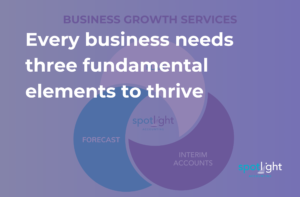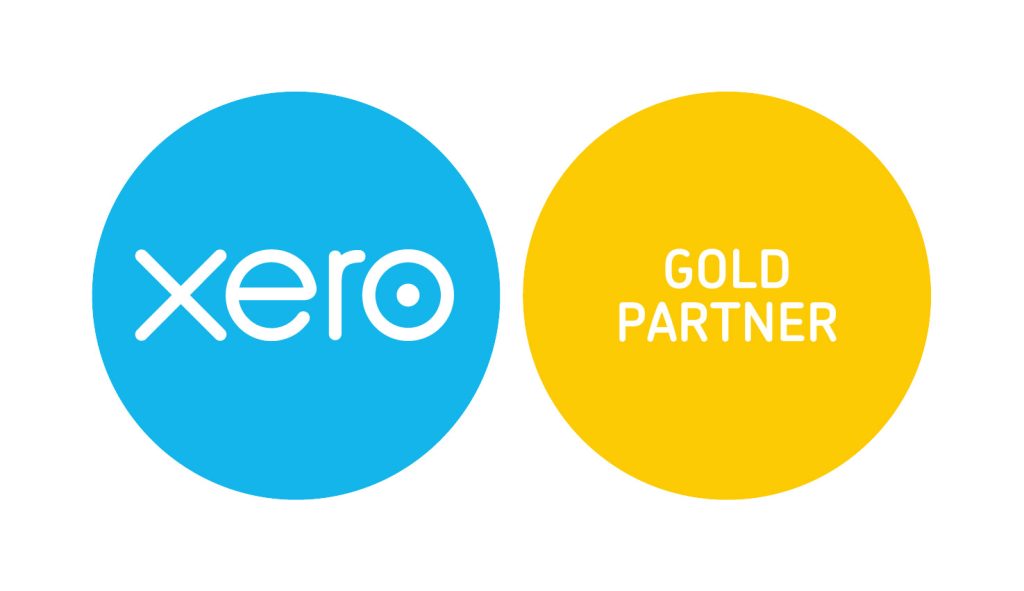Innovation and development are the foundation of success for many SMEs. If your business is pushing boundaries and exploring innovative ideas, not only can it give you a strategic advantage, but it can also qualify you for Research and Development (R&D) tax credits. These tax credits can provide a significant financial incentive for your business. So the question is, do you qualify for R&D tax relief?
To qualify for R&D tax credits, your business must be a limited company taking a risk to resolve a scientific or technological uncertainty. Additionally, your business must be engaged in qualifying activities, such as developing new products, processes or services, or enhancing existing ones.
In this article, we’ll delve into the different R&D schemes, the eligibility criteria and the rules around qualifying expenditure. If you are ready to unlock the potential of R&D tax relief within your business to help supercharge your innovation and growth, contact Spotlight Accounting today.
What are R&D tax credits?
R&D tax relief is a government scheme that encourages businesses to invest in research and development by offering financial incentives for innovation that benefits their sector. Limited companies can receive corporation tax relief on all qualifying expenditure, i.e. they can deduct their R&D expenditure figure from their profit before tax.
The initiative was designed to support technological advancements, create competitive advantages, and boost economic growth for UK companies.
What qualifies as research and development?
Research and development (R&D) covers a wide range of activities across many industries. HMRC have detailed guidelines to help UK businesses determine whether their projects qualify for R&D. Here are the key criteria:
- Scientific or technological advancement
The project undertaken must be looking to achieve an advance in science or technology in the overall field, not just for your business. - Scientific or technological uncertainties
At the outset of the project, there must have been uncertainty if the advancement was scientifically or technologically possible. - Could not be easily overcome
The project should not be one that could easily be overcome by another expert in the field.
What are R&D qualifying activities?
Qualifying activities are those that are looking to resolve a scientific or technological uncertainty that can not easily be resolved by a competent professional in the field.
It is fundamental that bonafide scientific or technological uncertainties exist and can be demonstrated to HMRC.
Common qualifying activities include:
- Development of new products, processes and services
- Problem-solving and overcoming technical challenges
- Innovative software development
- Scientific or technological research
- Environmental sustainability projects
- Biotechnological innovations
- Medical research and healthcare innovations
- Engineering innovations
How much R&D tax relief can I claim?
The size of your company determines which R&D scheme you fall under, and the value of R&D tax credit claims vary accordingly (see section below). The size of the claim also depends on the amount of qualifying costs.
So what costs qualify for R&D tax relief? In a nutshell, only costs specifically relating to the project qualify. This might include:
- Staff including salaries, employers’ NI and employers’ pension contributions
- Reimbursed expenses
- Subcontractor costs and externally provided workers
- Materials and consumables including heat and light that are used in the process
- Costs of clinical trials
- Data licence costs and cloud computing costs
- Software licence fees
How do you qualify for the R&D tax credits scheme?
How you claim for R&D tax credits and make your tax relief claims depends on the size of your company.
R&D tax credits for SMEs
To be classed as an SME for R&D tax credit purposes, you must have fewer than 500 staff, a turnover of less than €100 million and a balance sheet total of under €86 million. The totals of partner companies need to be included in this calculation.
Through the SME scheme, companies can receive an increased expenditure deduction, allowing them to deduct 186% of their qualifying expenditure from their profits. This means that for every £100 spent, an SME can deduct £186 from their profits for tax purposes, reducing their taxable profits and ultimately lessening their corporation tax liability.
If an SME incurs a loss, they may claim a payable tax credit of up to 10%, resulting in a cash payment received from HMRC.
Research and Development Expenditure Credit (RDEC)
The RDEC scheme is available to large companies or SMEs that have been subcontracted to undertake R&D work for large companies.
A large company can claim a 20% credit on qualifying costs for expenditures incurred after 1st April 2023 (the previous rate was 13%).
What is ineligible expenditure for R&D?
The main costs that you can not claim for include:
- Capital expenditure incurred
- The cost of land
- The cost of patents and trademarks
- rent or rates
- any costs covered by grant funding
Is research and development tax relief worth claiming?
To make this decision, you need to understand how much an R&D tax credit claim might be worth, i.e. what the corporation tax reduction will equate to as a result of the claim. You must remember to factor in any professional fees associated with preparing the documentation required for the R&D tax credit claim.
Due to the recent changes for accounting periods beginning on or after 1st April 2023, a lot more detail is required in a tax relief claim. HMRC now require a claim notification form with in-depth details of projects undertaken in each accounting period before a company tax return can be filed.
How can Spotlight Accounting R&D specialists help?
R&D tax credit legislation can seem like a minefield of technical jargon. Initially, our team of R&D specialists can work with you to ascertain if your projects qualify under the R&D tax credit scheme, estimate the potential tax savings and provide the costs of making an R&D tax credit claim.
We will then work with you to claim tax relief, involving identifying qualifying costs and preparing the required documentation and reports.
During the process, we will require time with staff involved in the projects to fully understand the scientific technological uncertainties that you were looking to overcome and that all the necessary evidence is available to meet HMRC’s complex requirements.
To get started on making your R&D tax relief claim, please get in touch.
Conclusion
UK companies that are undertaking innovative activities may be eligible for R&D tax credits, which can be a valuable source of tax relief. Where an SME is loss-making, it can even result in a cash credit from HMRC.
Those looking to start an R&D project or are not sure if their existing projects qualify should seek advice from a specialist accountant. Not only can R&D tax relief help your business grow, but it doesn’t cost as much as you may think!














